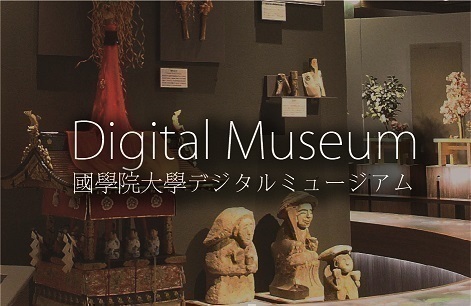- トップ
- Encyclopedia of Shinto
- Kogi Shintō
Encyclopedia of Shinto
| Main Menu: | |
| Links: |
詳細表示 (Complete Article)
| カテゴリー1: | 8. Schools, Groups, and Personalities |
|---|---|
| カテゴリー2: | Modern Sectarian Groups |
| Title | Kogi Shintō |
| Text | A movement founded by the Shinto priest Kuwabara Yachio (1910-) after World War II. Upon graduating from Kokugakuin University in 1941, Kuwabara served as head of Ōyamatsumi Shrine, and then became a Suppliant Priest (negi) at Kashima Shrine and was in charge of the Kashima National Spiritual Training Center (Kashima kokumin rensei dōjō). In addition, he served as a lecturer at spiritual training seminars for a variety of organizations. Feeling a sense of personal responsibility for Japan's war defeat, however, Kuwabara gave up all these positions and began operating as a diviner on the streets of Osaka. In due course he turned his home in Amagasaki (Hyogo Prefecture) into a center for performing thaumaturgic rituals, and worked to bring salvation to the masses. As his actions bore fruit, he proclaimed in 1948 that the true human essence was that of a "divine-human being" (shinjin), and he established a movement named Shinjinkyō in order to arouse and inspire people's minds. In 1952 Kuwabara founded the shrine Ishikirigū (not to be confused with the Ishikiri Jinja in Osaka) in Amagasaki as the movement's head shrine. In 1980, Kuwabara received a divine oracle and moved the shrine to his birthplace in Innoshima City and changed its name from Ishikirigū to Ishikiri Kazekiri Shrine. This site also includes an Anzen Inari shrine ("Inari for safety"), together with another shrine called Arai Tenmangū, which enshrines Sugawara no Michizane (see Tenjin shinkō) and performs fude kuyō ("memorial services" for worn-out writing brushes). It also has a memorial hall and a commemorative stone dedicated to the scion of the first generation of the Kuwabara household, the Go (Japanese checkers) master Honinbō Shūsaku (1829-1862) who operated as a professional Go player from the Tempō to the Bunkyū eras (ca. (1830s-1864). In 1987 the movement changed its name to Kogi Shintō. Its activities include religious services, lectures given by its leader at its headquarters and elsewhere, practices aimed at human-divine intercommunication, the rite of spirit mediation (toritsugi) before the kami, and the intonation of the divine mantra called the Daigen sonjin shōmei jōju. Its activities are all carried out with the aim of realizing that all humans are "divine-humans" (shinjin) who harbor within themselves the spiritual traces of the kami, and the movement's aim is to bring about a peaceful realm of mutual worship, co-existence, and co-prosperity. Headquarters: Hiroshima Prefecture. Nominal membership: 5,400 (M) — Yumiyama Tatsuya |




